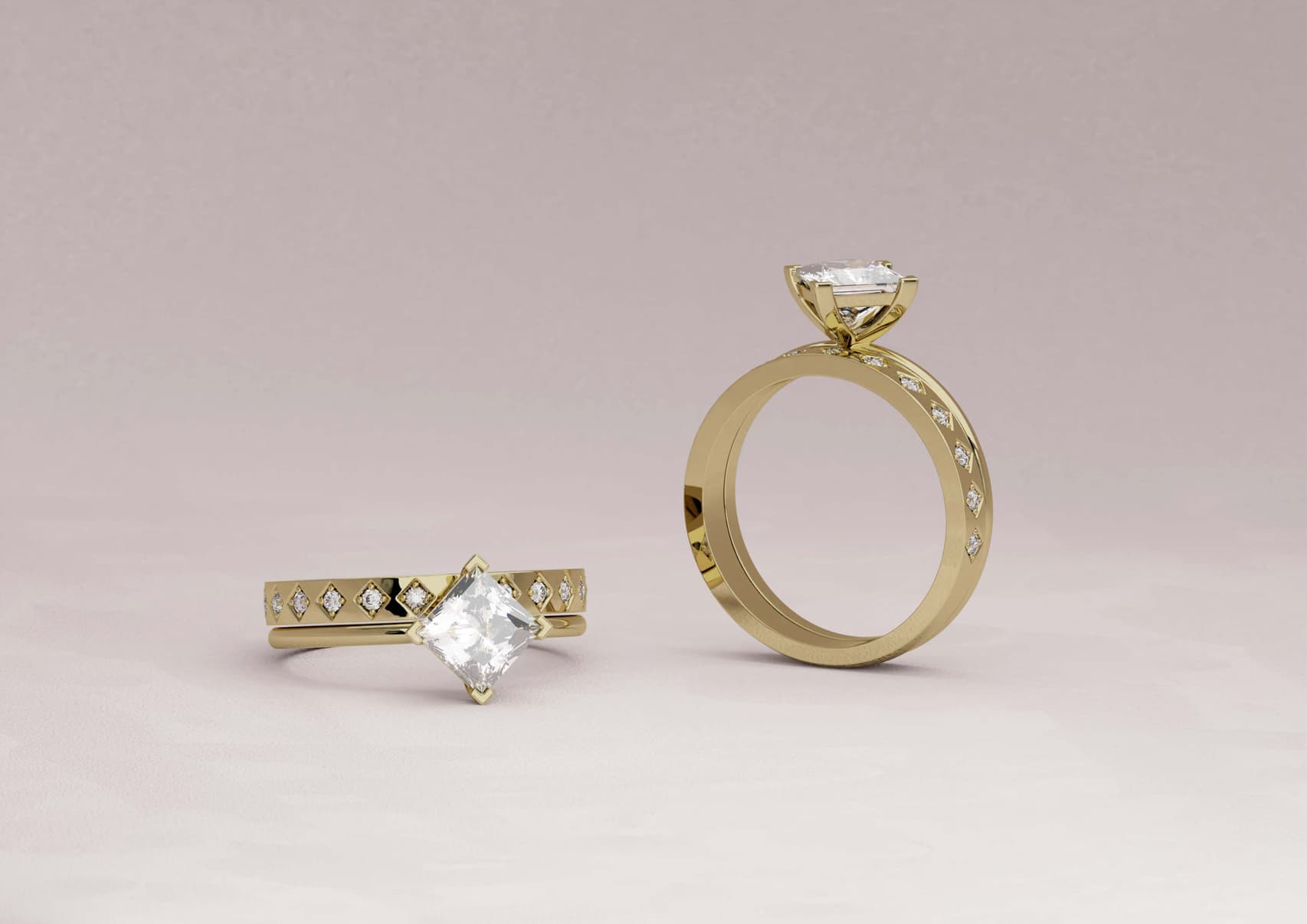Diamonds have always symbolized love, wealth, and commitment. But behind their sparkle lies a darker reality—especially when the term “what is a blood diamond” comes into play. Today, conscious consumers are becoming more informed about the origins of their jewelry. As a result, there’s a growing demand for lab created diamonds, which are conflict-free and environmentally sustainable. This article explores the world of blood diamonds and compares them with their lab-grown counterparts.
What is a Blood Diamond?
To understand what is a blood diamond, one must delve into the history of diamond mining in war-torn regions. Blood diamonds, also known as conflict diamonds, are mined in areas controlled by rebel groups or militias. The profits from these diamonds are used to finance armed conflict against legitimate governments.
The question of what is a blood diamond became globally recognized during the civil wars in Sierra Leone, Angola, and the Democratic Republic of Congo. These diamonds have fueled atrocities including child soldier recruitment, human rights abuses, and mass displacements.
So, what is a blood diamond exactly? It’s not just a stone—it’s a symbol of suffering. Diamonds that are extracted under violent and exploitative conditions fit the definition, making them unethical for conscientious buyers.
The Human Cost of Blood Diamonds
When you ask what is a blood diamond, you’re also asking about the human toll. Miners, often including children, are subjected to dangerous working conditions, lack of pay, and physical abuse. The allure of wealth often masks the real cost of these stones—lives lost, communities destroyed, and governments destabilized.
International outcry around what is a blood diamond led to the creation of the Kimberley Process in 2003. This certification scheme aimed to stop the flow of conflict diamonds into the global market. However, critics argue that the process lacks enforcement, and loopholes still allow blood diamonds to be sold.
Introducing Lab Created Diamonds
In contrast to the horror stories behind conflict stones, lab created diamonds offer a clean, ethical, and sustainable alternative. These diamonds are grown in controlled laboratory environments using advanced technological processes that mimic the natural formation of diamonds beneath the Earth’s surface.
Despite being man-made, lab created diamonds are chemically, physically, and visually identical to mined diamonds. They are not simulants like cubic zirconia or moissanite—they are real diamonds, created with precision and care.
Why Choose Lab Created Diamonds?
There are several compelling reasons to choose lab created diamonds over mined or potentially blood-tainted ones:
-
Ethical Production: The number one reason is peace of mind. Buyers don’t need to worry about human rights violations or the funding of wars.
-
Eco-Friendly: Mining is an invasive process that harms the environment. In contrast, lab created diamonds have a significantly smaller carbon footprint.
-
Cost-Effective: Lab-grown diamonds can be 20-40% less expensive than their mined counterparts.
-
Transparency: With lab created diamonds, traceability is straightforward. You know exactly where your diamond came from.
Lab Created Diamonds vs. Blood Diamonds: A Clear Winner
Now that we understand what is a blood diamond, the choice becomes clearer. Blood diamonds come with invisible costs—violence, exploitation, and environmental destruction. Lab created diamonds, on the other hand, represent innovation, sustainability, and ethics.
The jewelry industry has started to evolve in response to consumer demand for more responsible products. Major retailers are now offering lab created diamonds as part of their collections, and this trend continues to grow.
Debunking Myths About Lab Created Diamonds
Some people still question the value of lab created diamonds, mistakenly believing they are fake or inferior. Let’s clear up the confusion:
-
Myth: Lab-grown diamonds aren’t real.
-
Fact: They are 100% real diamonds, certified by gemological institutes like GIA or IGI.
-
-
Myth: They don’t hold value.
-
Fact: While resale markets vary, lab created diamonds retain their physical properties and can be appraised just like mined diamonds.
-
-
Myth: They look different.
-
Fact: Visually, there’s no difference. Even trained gemologists need specialized tools to distinguish them.
-
The Future is Lab Grown
As people become more aware of what is a blood diamond, there’s a collective shift toward ethical alternatives. Millennials and Gen Z, in particular, are driving demand for lab created diamonds due to their focus on sustainability and social responsibility.
It’s not just about avoiding harm; it’s about choosing beauty that aligns with your values. In this context, lab created diamonds aren’t just a trend—they’re a movement toward a better, cleaner future.
How to Make the Right Choice
When shopping for a diamond, consider these tips:
-
Ask Questions: Don’t be afraid to ask your jeweler, “What is a blood diamond, and how do I avoid one?”
-
Look for Certification: Choose diamonds certified by respected labs.
-
Consider Lab-Grown: Opting for lab created diamonds ensures you’re making a responsible choice.
-
Research Brands: Support companies that are transparent about sourcing and sustainability.
Conclusion: Ethics Over Sparkle
At the end of the day, knowing what is a blood diamond gives you the power to make an informed, ethical decision. Why settle for beauty tainted by bloodshed when you can have elegance born from science and sustainability?
Lab created diamonds are more than just stones—they’re symbols of conscious luxury. They prove that you don’t need to compromise on beauty, brilliance, or budget to make a statement of love.
Choose the diamond that reflects your values. Choose a future free from conflict. Choose lab created diamonds.



